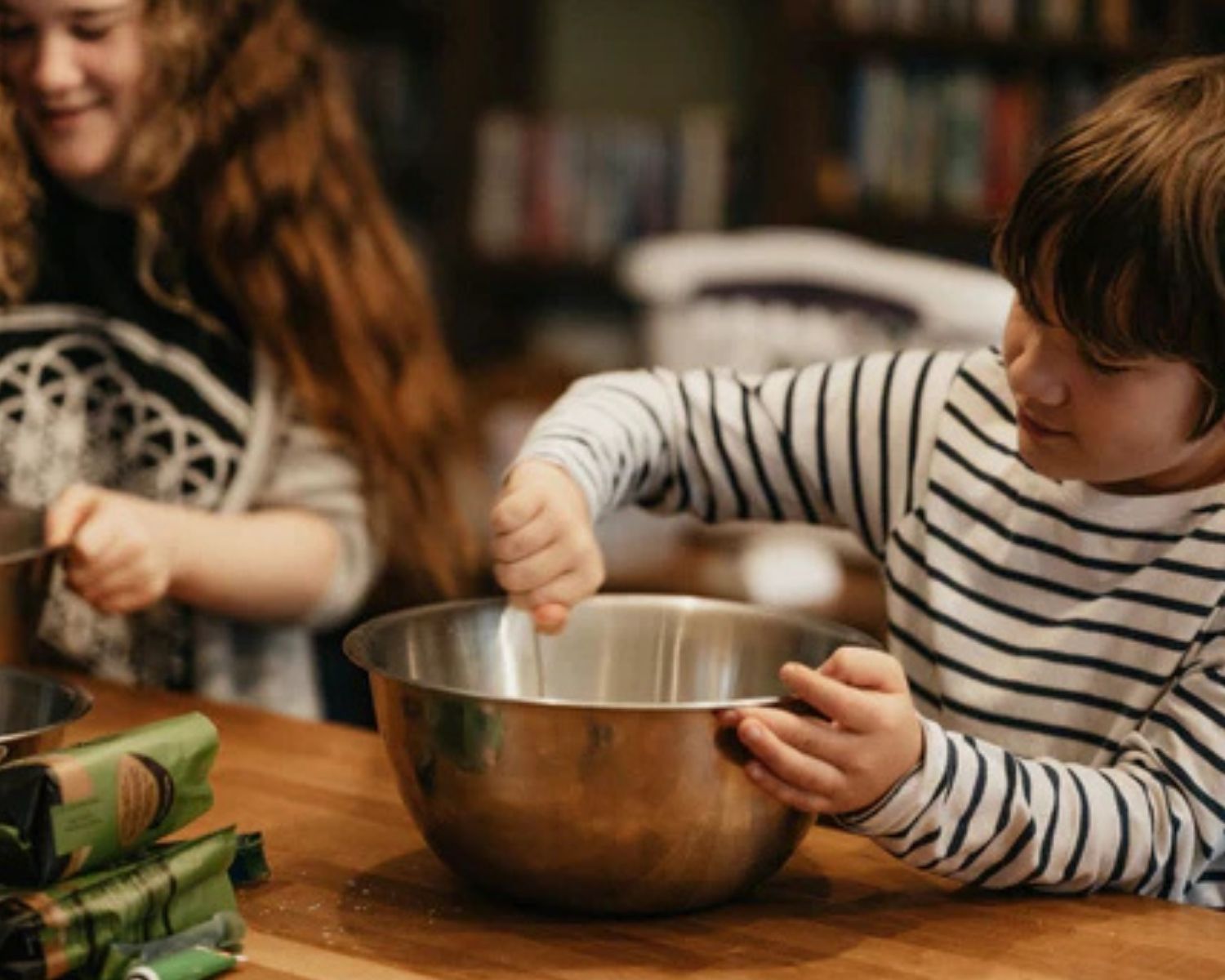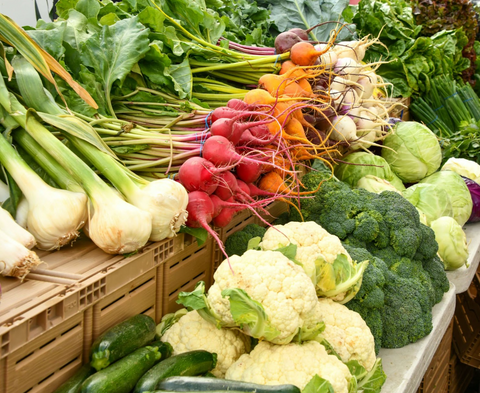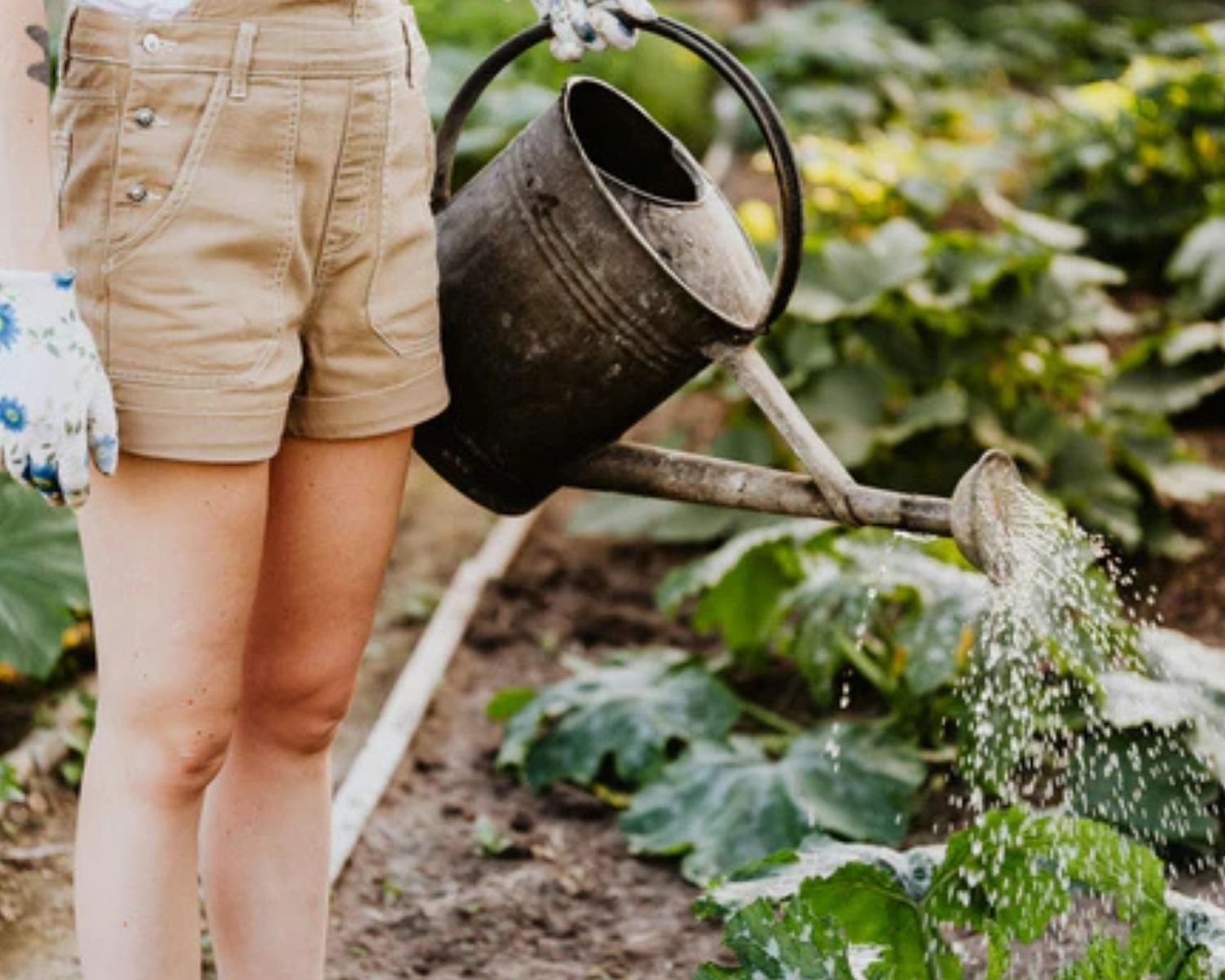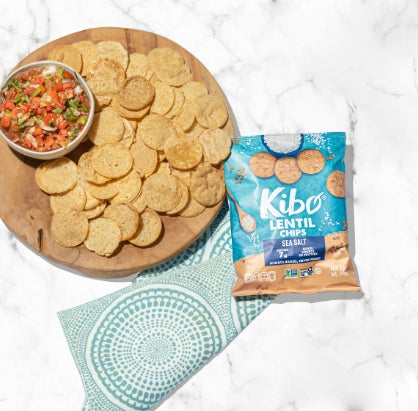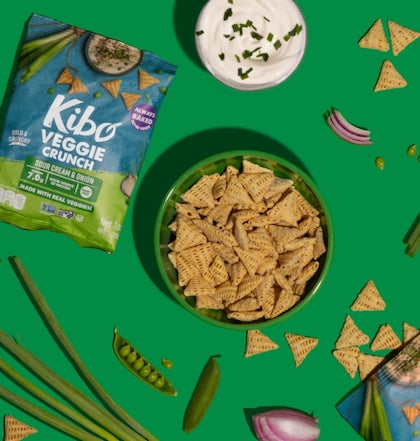Preparing meals at home doesn’t just tend to be healthier for you, it also tends to be better for the environment—by giving you the ability to control food waste, eat what’s in season locally, and avoid single-use takeout containers.
If you’re looking for some guideposts for eating more sustainably during the week, read on for 5 top tips for sustainable meal prep and menu planning!
1. Start with what’s in season
It’s easy to have the perfect meal plan in mind—until you go to the farmer’s market and realize you’re working with a completely different set of produce than what you had in mind.
To save time and resources, make your meal plan after you go to the farmer’s market, or keep a local seasonal foods calendar convenient before heading to the co-op. Follow local farmers on social media to get a sense of what they’re selling before you plan your meals.
2. Next, build in protein
Protein is a main concern when eating a more sustainable diet. Make sure you’re getting plenty of it by planning meals based around lentils, chickpeas, beans, peas, pulses, tofu, quinoa, and other plant-based sources. By limiting animal proteins, you’ll be reducing the amount of water, carbon, land, and other resources that went into your food.
Update your snack drawer
To get more plant-based protein into your meal plan, consider doing a snackage overhaul. Bulk nuts, seeds, and nut butters offer a boost of protein and healthy fats by the handful, while whole wheat pita helps form a complete protein with the hummus in your fridge.
Made with earth-friendly legumes, natural ingredients, and 6-7 grams of protein in every bag, Kibo Chickpea Chips and Kibo Lentil Chips are a great way to get more nutrition into your day. Plus Kibo sponsors green initiatives, so you know your dollars are going further.
3. Keep it rolling
When you get stressed during the week, you’re more likely to eat up food in your fridge if it’s already been prepared. Aim for at least one day a week where you make a big batch that will knock out food for multiple meals in a row. That might be a big make-ahead casserole, a huge pot of soup, or mason jar salads for lunch.
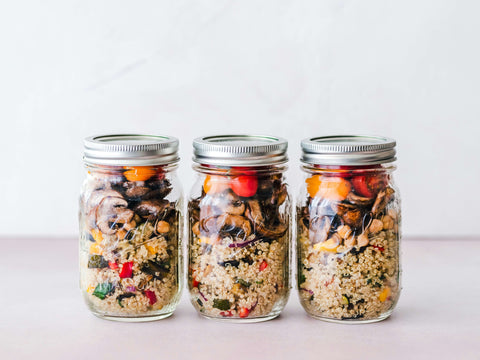
Need more variety? Another easy way to cut down on food waste is to plan your meals based on shared ingredients. Mark which recipes only call for part of a vegetable or a handful of chopped herbs. What’s a meal you can build around the rest of those same ingredients?
- Leftover rice is perfect for veggie fried rice—just scramble some eggs or throw in edamame for additional protein.
- Leftover pasta, olives, feta, veggies, and herbs go great in a breakfast frittata or Greek salad.
- Only using half a red onion and half a pint of cherry tomatoes for your Greek salad? You’ve got the makings of a delicious salsa for taco night.
- Have limes, cilantro, and half a jalapeño left over from taco night? Plan a Thai curry for the next meal to help you use them up!
- If you have a big pot of beans with rice one night, mash them up and do refried beans the next night with veggies and tortillas to make a complete protein.
You get the idea. Having those “leftover” inspired dishes in mind from the get-go will save you meal planning, money, and food waste on a weekly basis.
4. Befriend your freezer
Your freezer is the ultimate tool for preventing food waste. Pretty much anything can be frozen into ice cubes of muffin trays for easy use—think tomato paste, pesto, grated ginger, grated garlic, lemon zest, lemon juice, culinary herbs in oil, coffee, leafy greens blitzed up in the blender, and even buttermilk.
Freeze leftover sourdough into slices to toast later, no need to thaw. You’d be surprised how often they come in handy as an easy lunch with leftover beans or soup.
Freezer tip! To avoid clumping, “flash” freeze cut fruit, berries, cookies, and other foods laid out individually and spaced apart on a baking sheet before transferring them to a container.
5. Finally, write it down
Call us Type A, but it pays to jot notes in your planner or even a separate notebook. When you look back over your meal plan for the week, note what worked and what didn’t. Add which meals made plenty of leftovers. Write down which foods you saw in season at your local farmer’s market stand. At the end of the year, you’ll have a FULL meal plan calendar you can simply tweak and repeat, so you never have to meal plan again!
To reduce food waste, it also helps to take notes on how to store your most common food items so they don’t go bad in your fridge or on your counter. For instance, lettuce stays fresher when spun through a salad spinner, while carrots and celery stay crunchiest in a water bath. Keeping storage tips and other helpful notes on your fridge or in a convenient place can go a long way towards a successfully sustainable week!
We hope these tips make you excited to get in the kitchen and start meal prepping! Not only will it help you cut down on food waste, it will also help you cut down on stress—which is always a great choice for a healthy lifestyle!
 Reviews
Reviews
